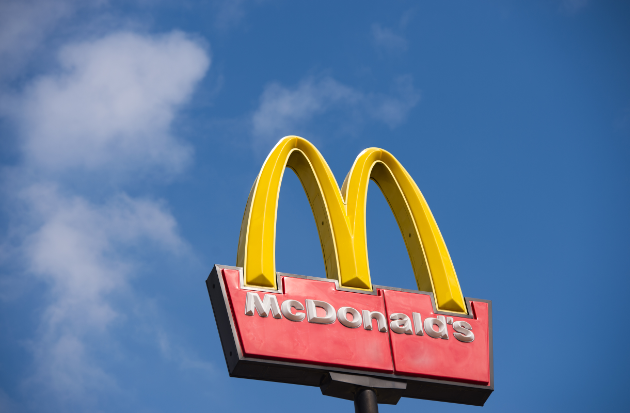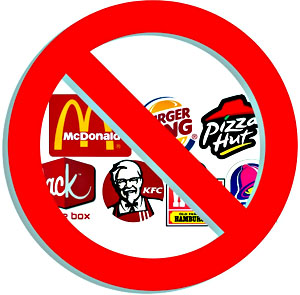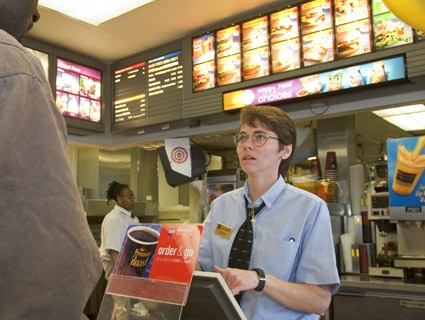

This Thursday, fast-food workers in more than 100 cities are planning a one-day strike to demand a “livable” wage of $15 an hour. They have a point: The lowest-paid Americans are struggling to keep up with the cost of living—and they have seen none of the gains experienced by the country’s top earners. While average incomes of the top 1 percent grew more than 270 percent since 1960, those of the bottom 90 percent grew 22 percent. And the real value of the minimum wage barely budged, increasing a total of 7 percent over those decades.
More of the numbers behind the strike and the renewed calls to raise the minimum wage:
Median hourly wage for fast-food workers nationwide:
$8.94/hour
Increase in real median wages for food service workers since 1999:
$0.10/hour
Last time the federal minimum wage exceeded $8.94/hour (in 2012 dollars):
1968
Change in the real value of the minimum wage since 1968:
-22%
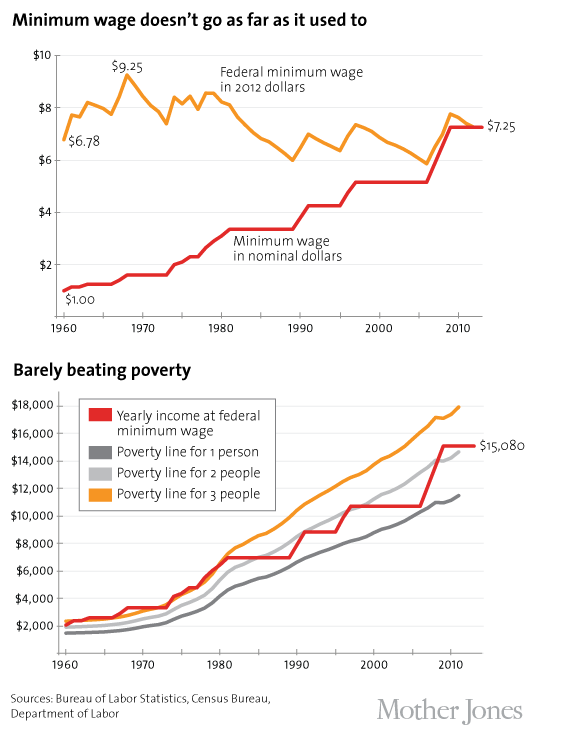
Median age of fast-food workers:
29
Median age of female fast-food workers:
32
Percentage of fast-food workers who are women:
65%
Percentage of fast-food workers older than 20 who have kids:
36%
Income of someone earning $8.94/hour:
$18,595/year
Federal poverty line for a family of three:
$17,916/year
Income of someone earning $15/hour:
$31,200/year
Income needed for a “secure yet modest” living for a family with two adults and one child…
In the New York City area: $77,378/year
In rural Mississippi: $47,154/year
Growth in average real income of the top 1 percent since 1960:
271%
What the current minimum wage would be if it had grown at the same rate as top incomes:
More than $25
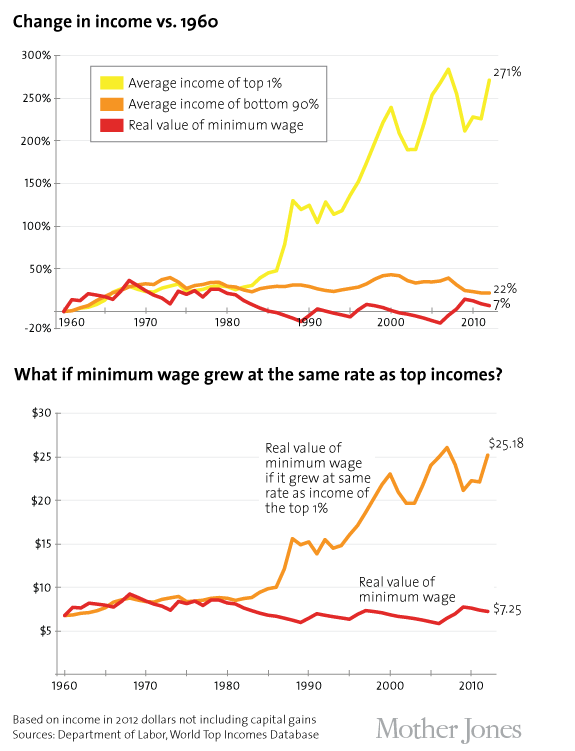
How would you and your family fare on a typical fast-food paycheck? How much does it really take to make ends meet in your city or state? Use this calculator to get a better sense of what fast-food workers are up against.


